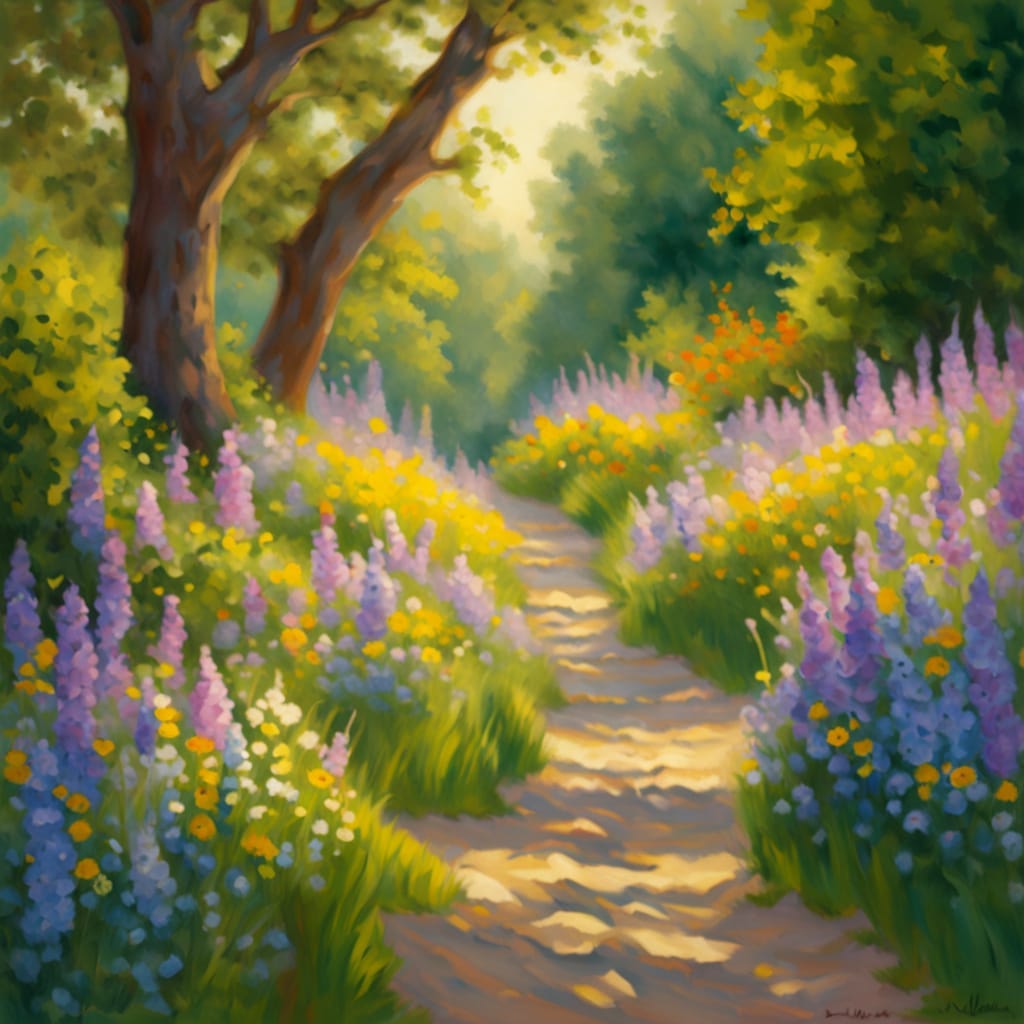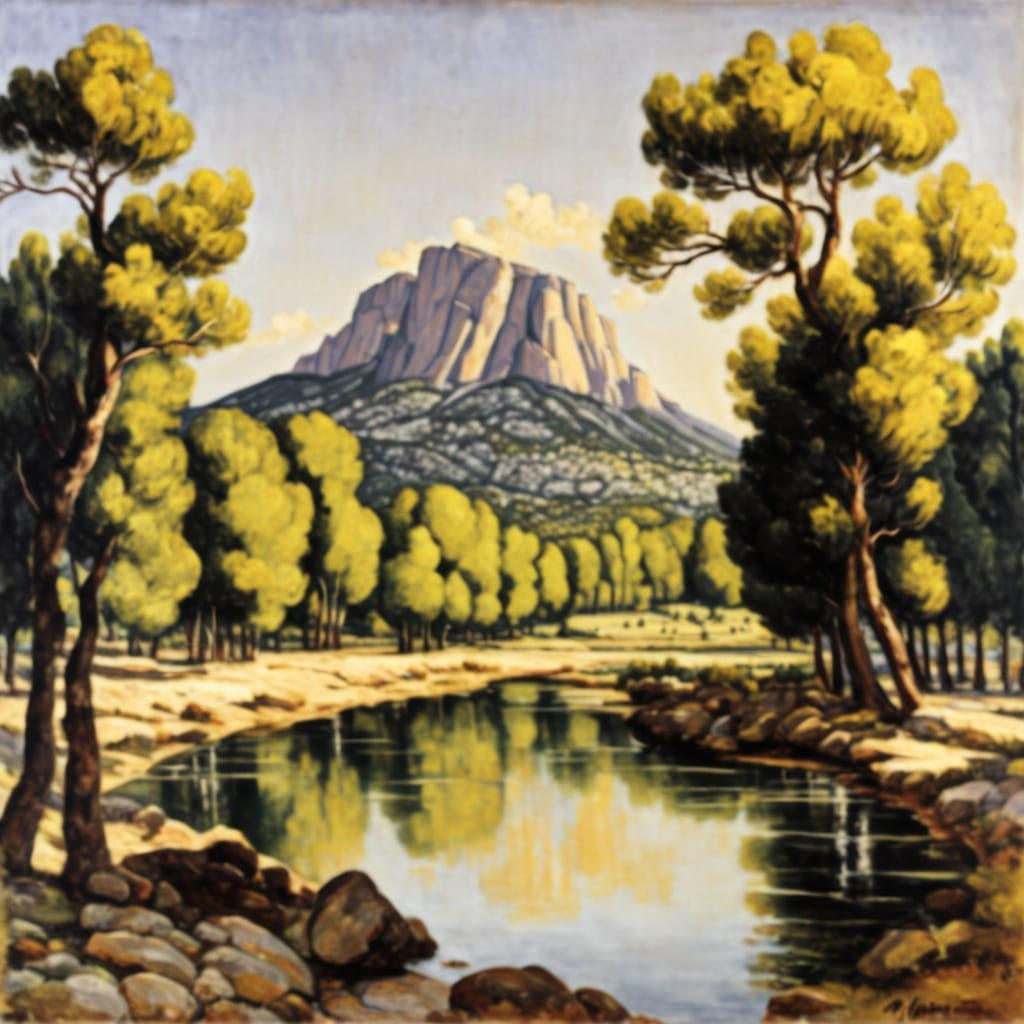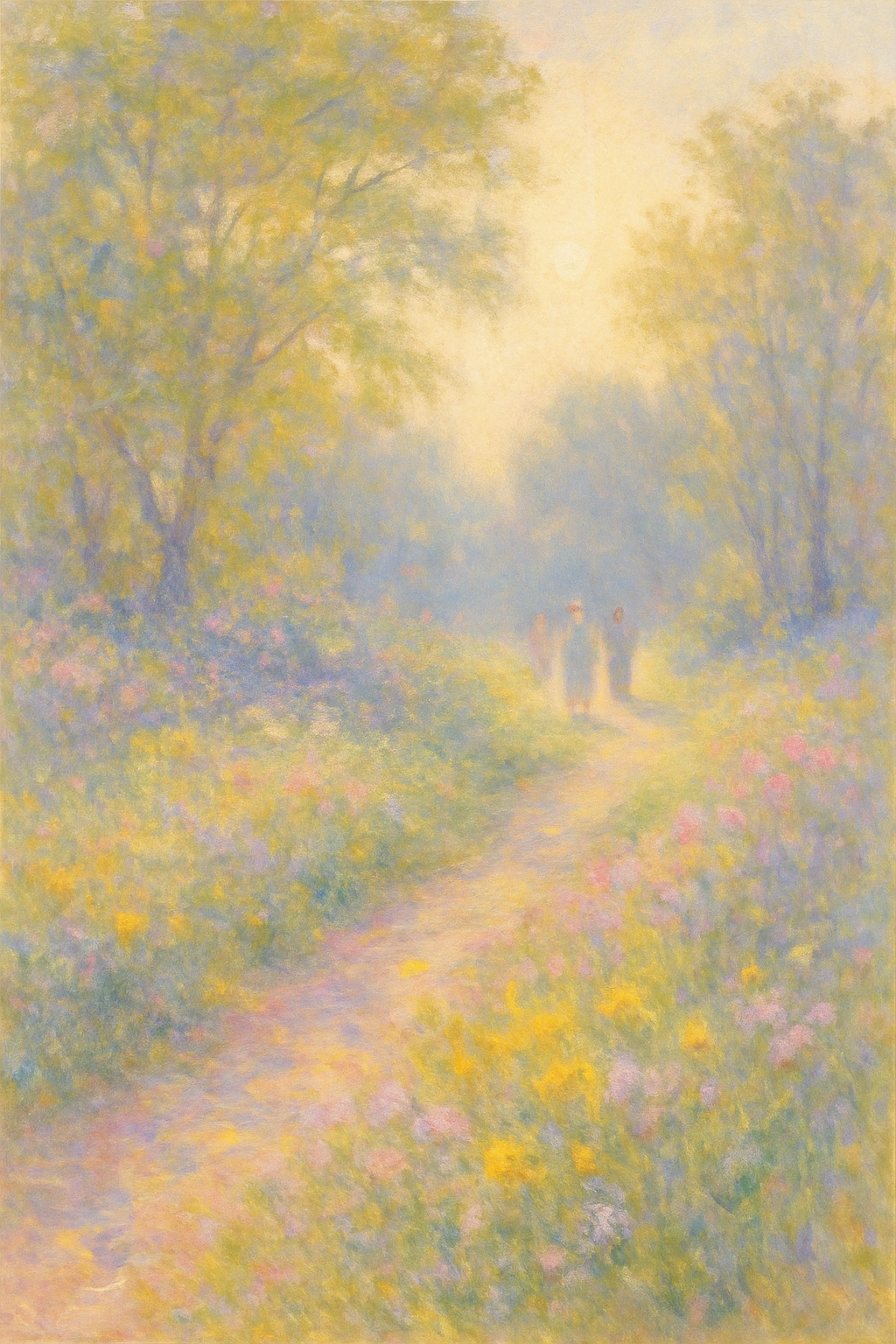
So, you took a break. Maybe it was a day. Maybe it was three months. Maybe it was an amount of time so mysterious that archaeologists will one day find your half-finished project next to a fossilized latte. No judgment! Life happens. The important part is you’re ready to jump back in. Sort of. Maybe. After just one more snack?
Here’s how to get back into the swing of things without spraining your ambition.
Step 1: Find Your Breadcrumbs
You were smart once. Past You left clues. Hopefully.
Start by retracing your steps. Open up your old files, check your notes, dig through that chaotic desktop, or — if you’re really daring — revisit that to-do list you titled “Super Important” and then ignored.
Pro tip: Future You will thank you if you start labeling your notes better now. Something more descriptive than “Stuff” would be nice.
Step 2: Lower the Bar (Seriously)
Here’s the trick: Don’t aim for greatness. Aim for showing up.
When you’re restarting, your only job is to move. Write one messy sentence. Sketch one weird squiggle. Open the software you forgot how to use. The goal is momentum, not masterpieces.
Remember: You don’t have to lift the whole boulder today. Just roll it an inch so it knows who’s boss.
Step 3: Compensate With Kindness, Not Panic
“But I lost so much time!” you say, dramatically falling onto your fainting couch (or just your carpet, because that’s closer).
First of all: relax. Second: You cannot make up for lost time by sprinting yourself into a puddle of exhaustion. You make up for it by building small, consistent habits that your future self will high-five you for.
Consistency beats urgency. Always.
Step 4: Go Above and Beyond (After You Warm Up)
Once you’ve gotten back into a rhythm, then you can look for ways to go above and beyond. But — and this is critical — you don’t get extra points for burning yourself out.
Above and beyond doesn’t mean doing everything faster; it means doing it smarter. Maybe you automate a boring task. Maybe you learn a shortcut. Maybe you reward yourself with a cookie every time you finish a tough session. (Highly recommended: both cookies and shortcuts.)
Sustainable excellence > reckless overexertion.
Famous Example: Cézanne, the Comeback King
Paul Cézanne, the French Post-Impressionist painter, is a shining example. After early ridicule and a series of rough patches — including a multi-year hiatus where he lived as a recluse — he came back stronger. His later works, like Mont Sainte-Victoire and The Bathers, redefined modern art.

The guy took a break so big it could’ve swallowed his career, and then casually revolutionized painting. So, you know, no pressure.
Fun Tidbits to Sprinkle on Your Brain
- The Ebbinghaus Forgetting Curve says you forget stuff fast after a break — but you also relearn it faster the second time around.
- Re-entry syndrome is real: astronauts experience it when coming back to Earth. You’re basically an astronaut of your own life. Treat yourself accordingly.
- Short bursts (20–30 minutes) are better than marathons when restarting. Science says so. And science has great snacks.
Final Pep Talk
You’re not starting from scratch. You’re starting from experience.
So dust off your project, stretch your brain, and reintroduce yourself to your ambitions. They’ve missed you. (Although they may pretend they haven’t at first. Ambitions can be a little passive-aggressive.)
And hey — comment below! What are you jumping back into? Writing? Painting? Building a model of the Millennium Falcon out of spaghetti noodles? I want to hear about it. Let’s cheer each other on.
Don’t forget to follow for more posts like this! Trust me, Future You will appreciate the encouragement.

Art Prompt:
A dreamy Impressionist scene of a sun-drenched path winding through a lush, blossoming garden, with gentle, dappled brushstrokes reminiscent of Claude Monet’s vibrant yet tender style. Warm golden hues blend into cool greens and soft lavenders, creating a sense of hopeful renewal. Figures in the distance — softly blurred — stroll with relaxed postures, symbolizing peaceful reentry into motion after a pause, while scattered wildflowers catch the sunlight in joyful bursts of color.